How to Find Parasitic Battery Drain (6 Steps & Tips)
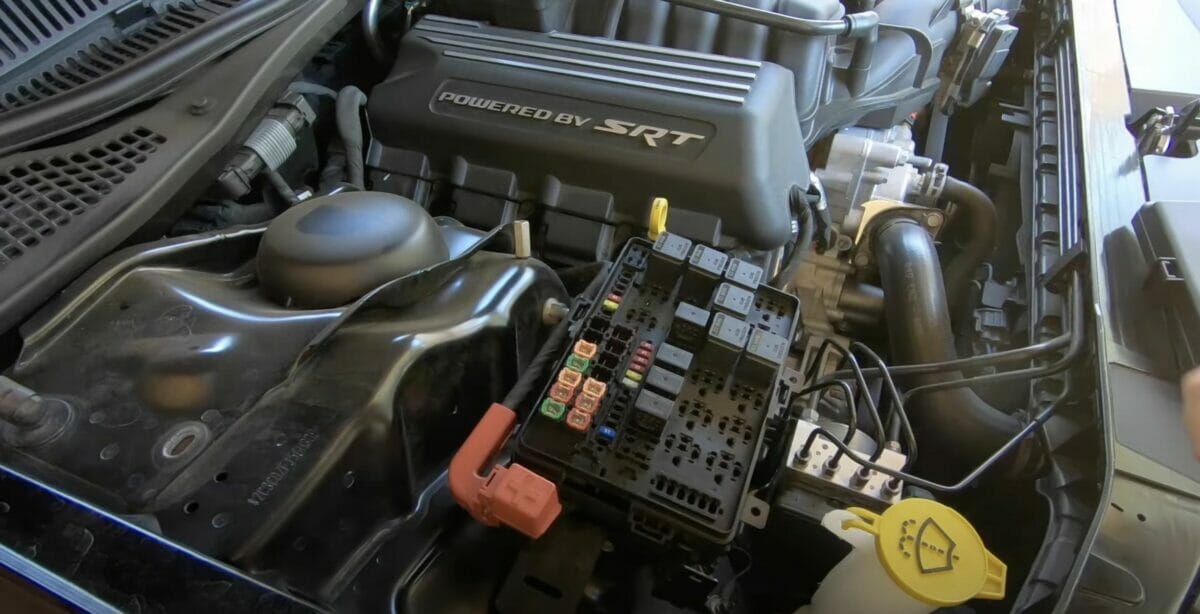
Parasitic battery drain refers to the drain that occurs while not being used.
Technically, it’s the battery self-discharging, affecting all batteries, some more or less than others. I will show you how to find parasitic battery drain in vehicles by testing the battery and tell you how to protect the battery from it.
To find parasitic battery drain, check the battery’s voltage across its terminals, disconnect the negative cable, then check the current after removing each fuse. The voltage of a fully charged battery with the engine off should be within the range of 12.6-12.8 volts; otherwise, it should have at least 12.4-12.6 volts to crank the engine. The current should be no more than 20-50 mA. A reading higher than 50 mA indicates a high drain.
| Source of Parasitic Drain | Rough Estimate of Occurrence (%) |
|---|---|
| Aftermarket installations (alarms, GPS systems, etc.) | 35 |
| Faulty alternators or bad diodes in the alternator | 25 |
| Glove box, trunk, or other lights staying on | 20 |
| ECU issues or other control modules not “sleeping” | 10 |
| Failing batteries or battery connections | 5 |
| Other (stuck relays, malfunctioning sensors, etc.) | 5 |
I will go into more detail below.
Testing for Parasitic Battery Drain
If you’re worried about parasitic battery drain, you can use a multimeter to test exactly how much the battery drains, i.e., self-discharging.
Step 1: Turn Off All Components
First, turn off all the electrical components in the vehicle and remove the key from the ignition.
The engine should be kept off.
Step 2: Set the Multimeter to Measure the Voltage
Set a multimeter to measure DC volts and attach probes across the battery’s two terminals.
Attach the red probe to its positive (+) terminal and the black probe to its negative (-) terminal.
Step 3: Check the Battery’s Voltage
When fully charged, the reading should show at least 12.4-12.6 volts or a little higher (~12.8V).
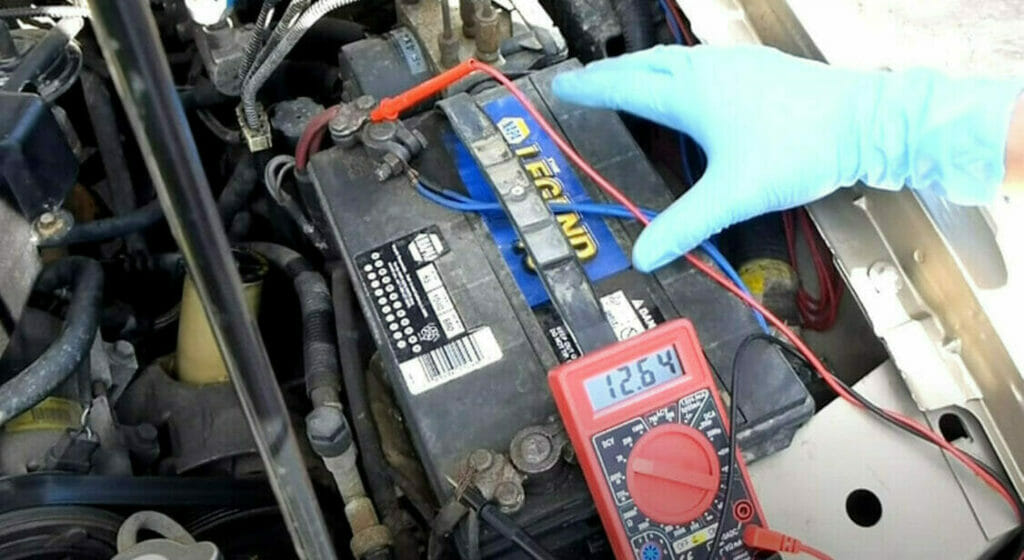
The battery’s voltage should not be less than 12.4V; otherwise, the charge may be insufficient to start the car.
If the battery cannot attain full charge, it may be too weak, damaged, or old and need replacing. A value within this range (12.4-12.6V) indicates a charge of about 25-50%, and a little higher indicates a charge of at least 70%.
Step 4: Disconnect the Negative Cable
Disconnect (only) the black cable from the battery’s negative (-) terminal, leaving the red cable still connected.
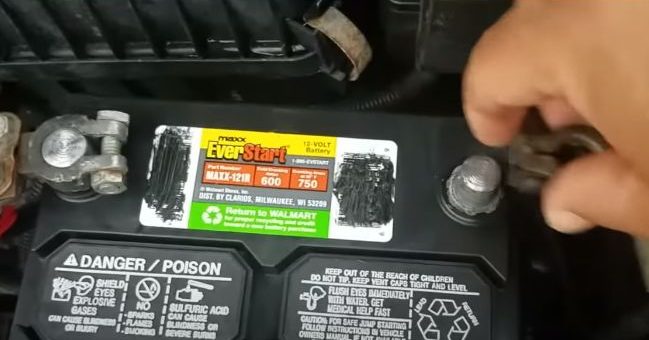
Step 5: Set the Multimeter to Measure Current
Set the multimeter to measure the current in mA. Connect its black wire to the COM port and the red one to the highest amp input.
Attach the red probe to the battery’s negative terminal and the black one to its positive terminal.
Step 6: Measure the Current
A reading of 20-50 mA would be acceptable, but a reading higher than 50 mA would indicate a high drain.
You will need to investigate what is draining the battery that much by investigating all connected components individually. You don’t have to connect the probes to the components. Keep them on the battery’s terminals and remove the fuse related to each one in turn while taking separate current readings.
Suppose the current drops significantly after removing a particular fuse; then, the component associated with it is the parasite. You will need to investigate further if it should be fixed or replaced.
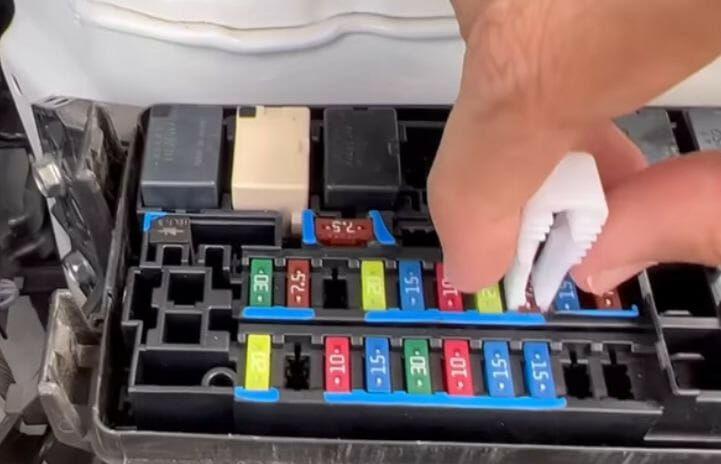
Common Causes of Parasitic Drain
- Aftermarket Devices: Devices like alarms, GPS systems, radios, and dash cameras added to the vehicle can often cause excessive battery drain if they’re not properly installed or left on when the vehicle is off.
- Glove Box, Trunk, or Dome Lights: Lights that are supposed to turn off when the doors are closed can sometimes stay on, either due to a malfunctioning switch or a door that isn’t fully closing.
- Faulty Alternator Diodes: The alternator charges the battery when the engine is running, but if it has a bad diode, it can cause the current to drain back out of the battery when the engine is off.
- ECU and Other Control Modules: The engine control unit (ECU) and other control modules in the vehicle typically go into a “sleep” mode when the vehicle is off. Still, if they malfunction and stay awake, they can cause a significant battery drain.
- Failing Batteries or Battery Connections: A failing or corroded or loose battery connection can cause various electrical issues, including parasitic drains.
- Faulty or Stuck Relays: Relays are switches that open and close circuits in the vehicle. Getting stuck in the closed position can cause a component to stay on and drain the battery.
- Key-off Loads: Some systems, like interior lights or headlamps, are designed to stay on after the vehicle is turned off. If these systems stay on too long, they can drain the battery.
- Malfunctioning Sensors or Switches: Any sensor or switch in the vehicle that’s supposed to turn something off but isn’t functioning correctly can cause a battery drain.
Protecting the Battery from Parasitic Drain
To further protect a battery from the parasitic drain, disconnect the negative cable while the car is not used for long periods.
Leave only the positive cable connected. Removing the negative cable will not prevent self-discharging altogether but will reduce the rate. The battery will now drain at approximately 5-15% rather than 20%.
Alternatively, use a battery maintainer or a float charger to keep the battery’s charge topped up without overcharging. Additionally, to prevent a high drain on the battery:
- Ensure the starter and alternator are in good working condition.
- Ensure no unnecessary accessories are left on by mistake.
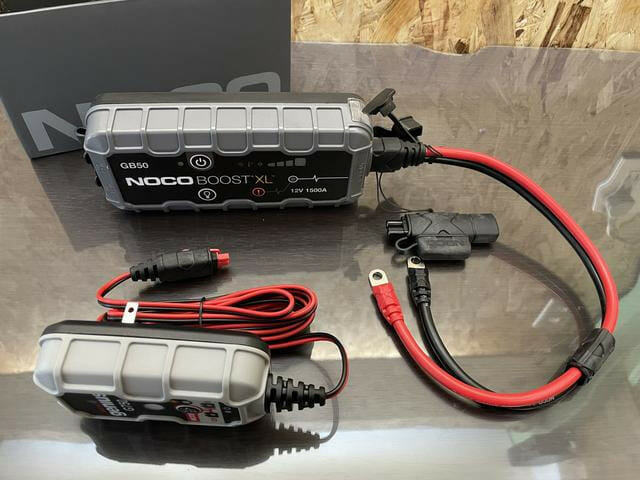
Bonus Parasitic Drain Prevention Tips
Preventive measures can help you avoid dealing with parasitic battery drain, extending the lifespan of your car battery and reducing the chances of finding your battery dead when you need it the most.
- Regular Inspections: Have your vehicle inspected regularly by a professional, especially if it’s older. They can check for malfunctioning components that may be causing a battery drain.
- Limit the Use of Electronics When the Engine is Off: Avoid using the car’s electronic systems when the engine is not running. Using the radio, charging devices, or leaving lights on when the car is off can all lead to parasitic drains.
- Check the Lights: Ensure all interior and exterior lights are off when you exit the vehicle. This includes the trunk, glove compartment, and dome lights.
- Service Aftermarket Devices: Ensure all aftermarket electronic devices such as alarms, GPS systems, radios, and dash cameras are properly installed and functioning.
- Properly Shut Down: Some vehicles, like windows or sunroofs, may have power functions that continue after the engine is turned off. Ensure all are turned off before leaving the vehicle.
- Keep Your Battery Clean: Ensure the battery terminals are clean and corrosion-free. Dirt and corrosion can cause a small power draw, leading to a flat battery over time.
Remember, even with these preventive measures, all batteries will eventually need to be replaced as they have a finite lifespan.
Additionally, If car owner is aware of these symptoms, they can address the issue before it leads to a dead battery. These could include:
- Frequent Jump-Starts: If you frequently have to jump-start your car, this could be a sign that something is draining your battery.
- Electrical Issues: Flickering lights, failing power windows, or other electrical issues can indicate a battery problem.
- Battery Warning Light: If the battery light on your dashboard is illuminated, this is a clear sign that there’s something wrong with your vehicle’s charging system.
In conclusion, while some parasitic battery drain is normal in a vehicle, the significant drain is not. If you’re experiencing issues with your car battery, it’s best to have your vehicle inspected by a professional to determine the cause and the best solution.
References
Battery maintainer. https://www.goo-net.com/pit/shop/0208665/blog/323569
Video References
ChrisFix
Fix My Car
Scat Speed
Wajahat Ahmad Garage
